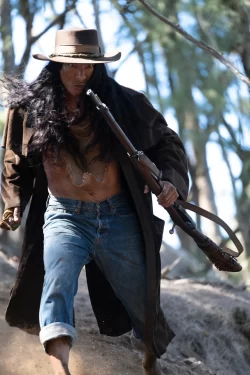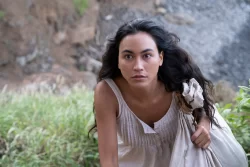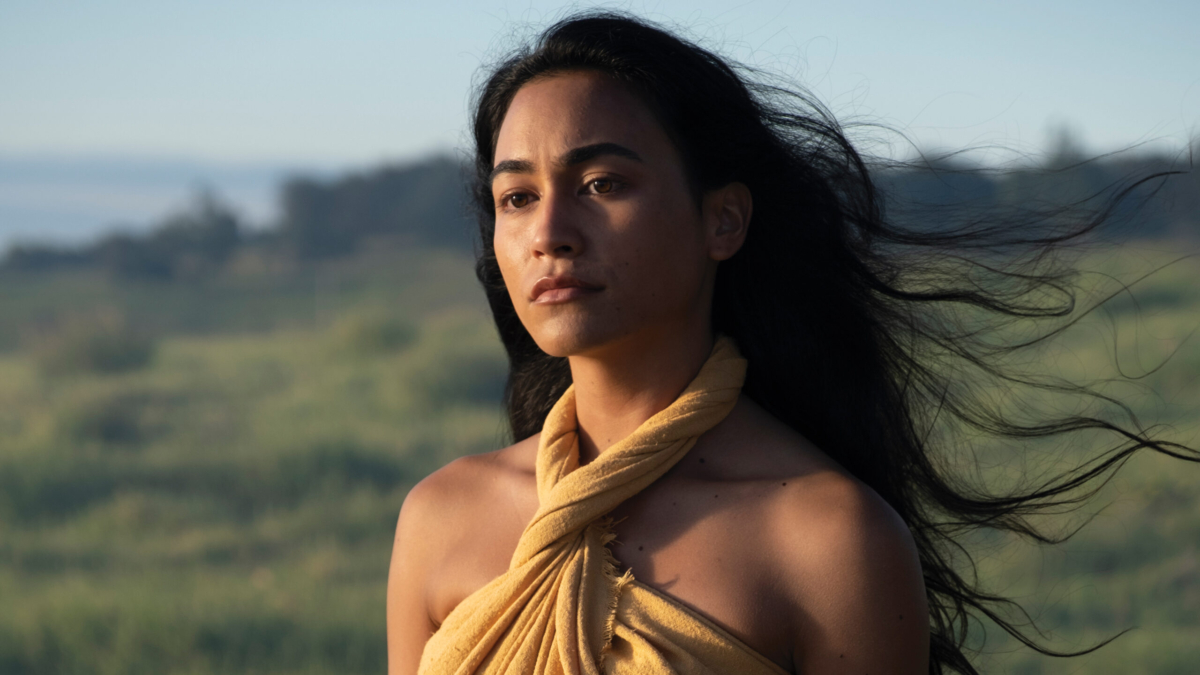A Historical Narrative on Authentic Storytelling in the Post-Pandemic Era
Born into a family of missionaries, director David L. Cunningham unveiled his latest cinematic masterpiece, “The Wind and The Reckoning,” in 2022. This film serves as a passionate advocate for the voices of indigenous Hawaiians, underscores the profound significance of family bonds, and explores the unwavering devotion of its characters to their faith in the creator. Drawing inspiration from the Ko’olau Rebellion and the gripping narrative of “The True Story of Kaluaikoolau: As Told by His Wife, Piilani,” Cunningham and the screenwriter John Fusco endeavor to resurrect a forgotten chapter of history that demands our collective remembrance.
“Many in attendance haven’t heard ʻŌlelo Hawaiʻi before, and even more haven’t heard the story of Pi’ilani,” noted Hālāwai Film Festival Head of Programming Ohia Morrison. He added, “My ideal situation is for the audience to experience something they haven’t been introduced to that ties in with native Pacific Island culture, this one being Hawaiian. Ideally, the audience will be intrigued by a part of history that is new to them along with hearing a tongue that has sadly started to die away.” Taking place in the year 1893 on the island of Kauai, this story unfolds in the aftermath of the Hawaiian Kingdom’s overthrow, orchestrated by American agents and Hawaii-based citizens. Simultaneously, a devastating leprosy outbreak casts a dark shadow over this paradise. Under the decree of the newly established government, all Native Hawaiians suspected of being afflicted with the disease face a grim fate: permanent banishment to the distant island of Moloka’i, ominously referred to as ‘the island of the living grave.’

Cunningham and Fusco elevate the protagonist Ko’olau (Jason Scott Lee) to a transcendental level. Rather than emphasizing physical appearances, Ko’olau imparts a profound lesson to his son, Kalei (Kahiau Perreira), encouraging him to forge connections based on the essence of a person’s spirit and intention. As leprosy spreads, so does the avarice of the colonizers. Yet, Ko’olau imparts a crucial perspective to his son, cautioning against harboring hatred: “Don’t let hate into your own heart, son. It will turn you dark, then you will become the thing you despise.” This perspective resonates with principles from both Christianity and restorative justice. Conversely, Kalei’s reception of this wisdom reflects a stark realism, exposing the pessimistic undercurrents within the collective memory. Witnessing his father wielding a weapon, engaging in conflict, and enduring injury, Kalei’s understanding unfolds as, “…he’s only doing what he sees his father do.” The impact of historical events extends beyond their specific time and location; the trauma permeates through the bereaved family, leaving an indelible mark on their collective consciousness.
While visually, “The Wind and The Reckoning” evokes the classic Western genre — with its themes of conflict between intruders and natives, the epic portrayal of natural landscapes, and intense gunfights — significant screen time is dedicated to our Hawaiian heroes, revealing the diverse voices within the native community. Morrison points out, “Above the line, ‘The Wind and The Reckoning’ has a mix of up-and-coming stars, talent who have been on the screen for decades, and a creative team who has been a part of some of major blockbusters.” Cinematographer Scott Lee Mason‘s overhead shots and wide-angle lens showcase the untarnished beauty of Molokai before the expansion of resorts and tourism. The inclusion of archival pictures during the closing credits adds a three-dimensional and credible layer to the depiction. However, a notable drawback lies in the underutilization of Pi’ilani (Lindsay Watson), whose presence is predominantly relegated to voice-over, lacking the depth of character motivation, despite the narrative being based on Pi’ilani’s storytelling.

In the post-pandemic landscape, “The Wind and The Reckoning” not only skillfully entertains with its historical narrative but also serves as a nuanced mirror reflecting the current political climate in the U.S. Cunningham’s imperfect yet courageous direction notably advances positive representation for native Hawaiians on the big screen. This accomplishment sparks optimism for a trajectory that, one anticipates, will bring forth more empowering and authentic narratives in the cinematic realm.
“The Wind and The Reckoning” screened at the first Hālāwai Film Festival.

